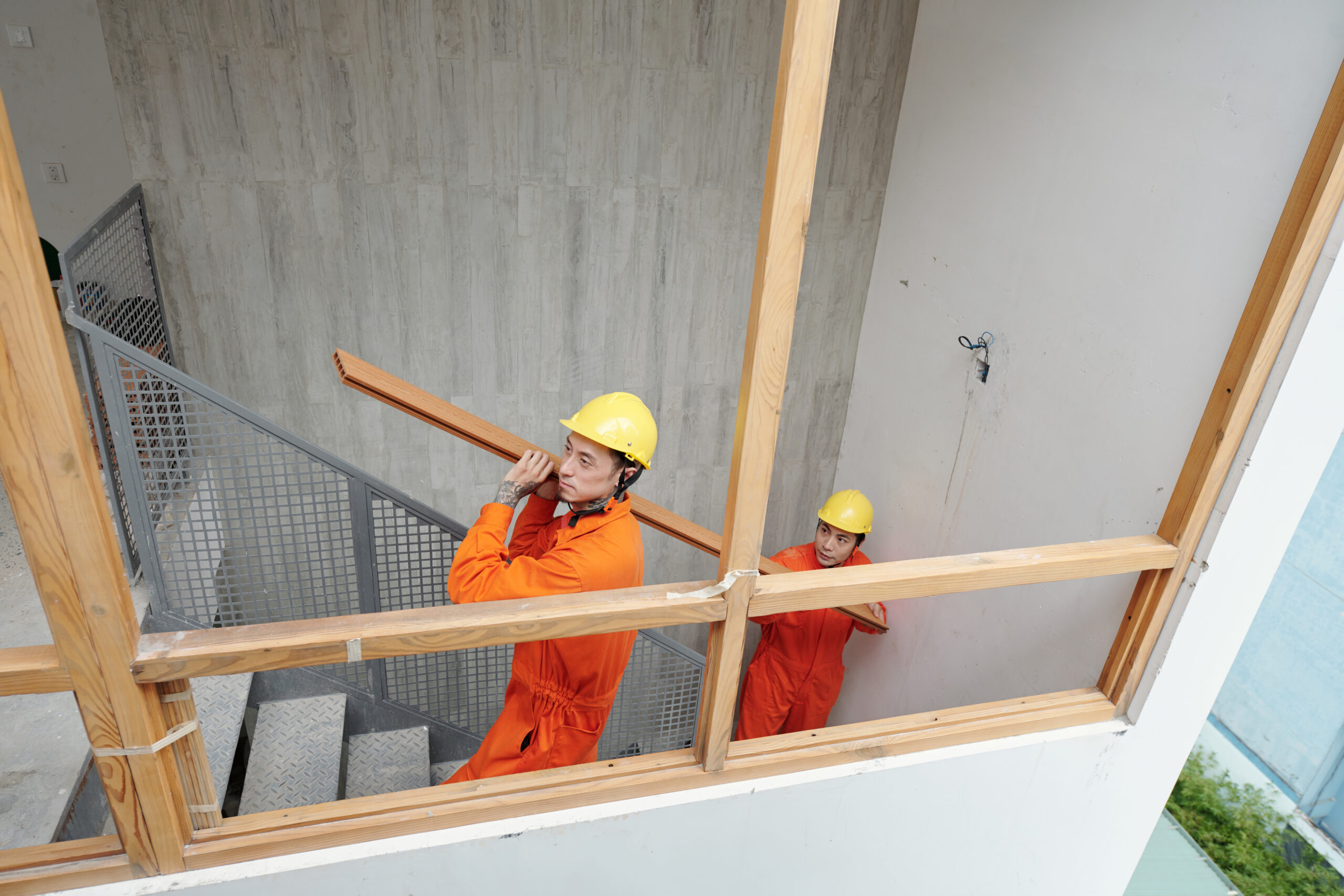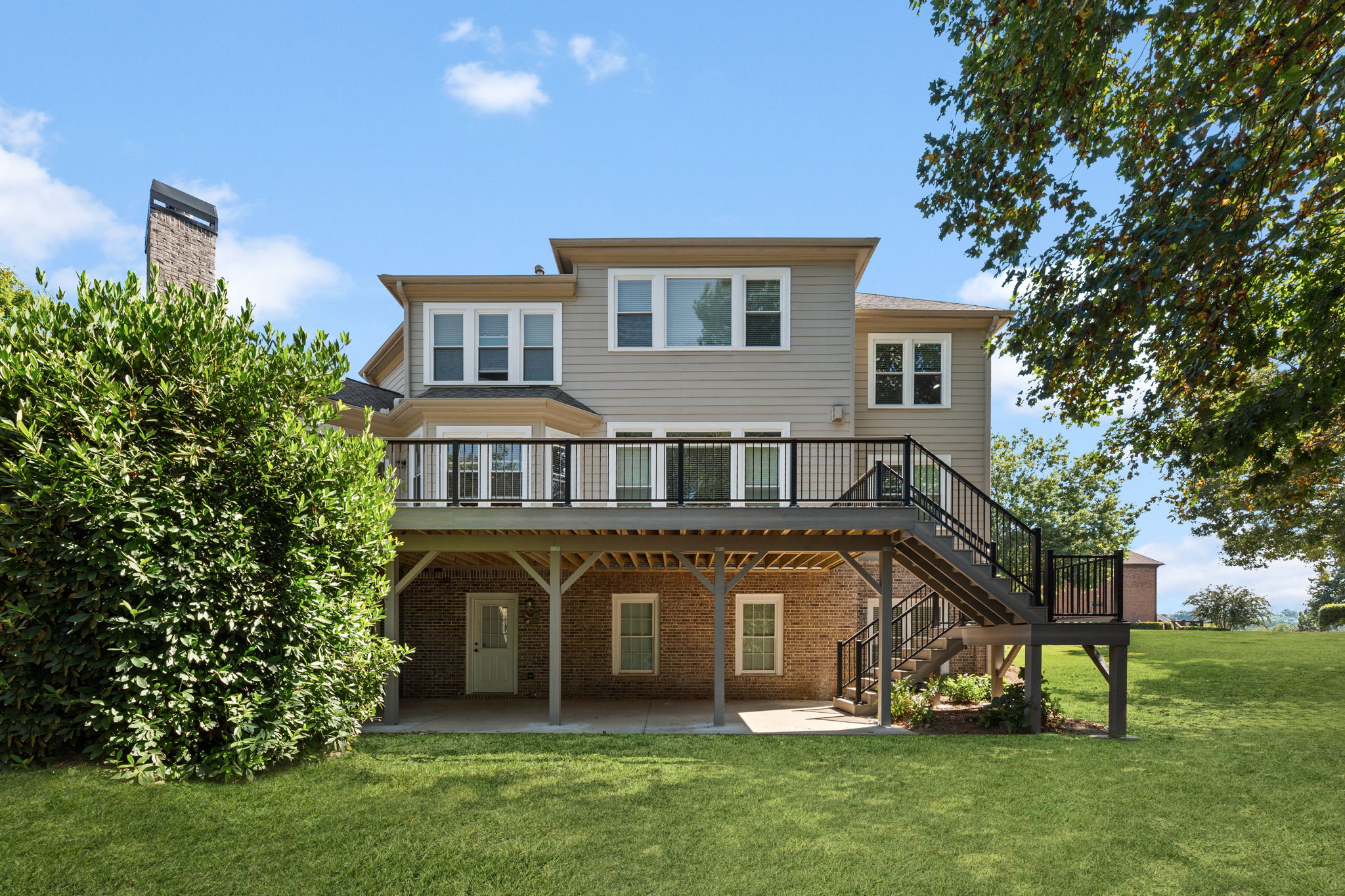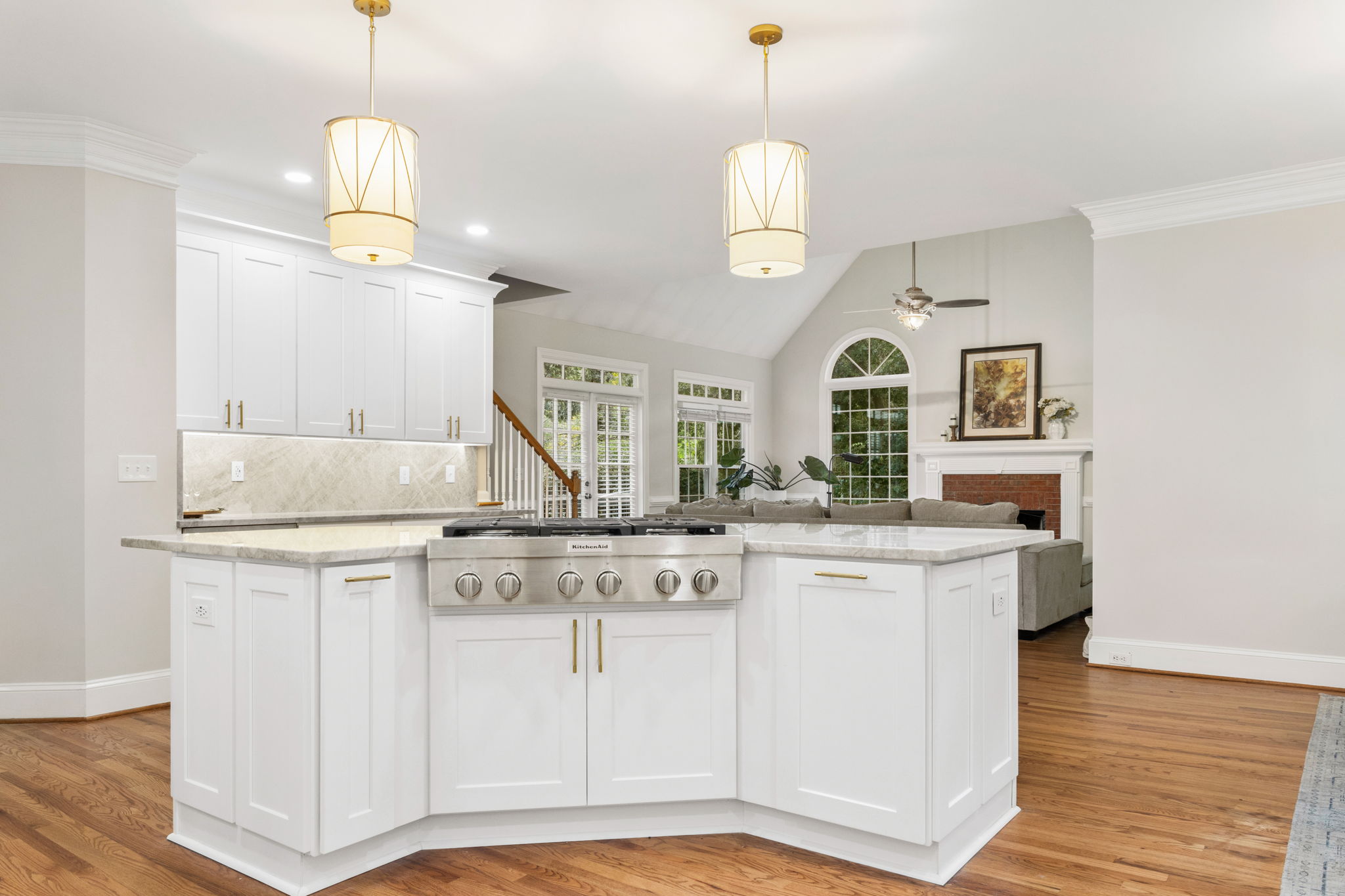An outdoor kitchen can elevate your backyard into a functional and stylish space for cooking, dining, and entertaining. What begins as a simple wish for a better grill can evolve into a fully equipped culinary oasis. With thoughtful planning, the right materials, and a creative vision, your backyard can become an extension of your indoor living experience.
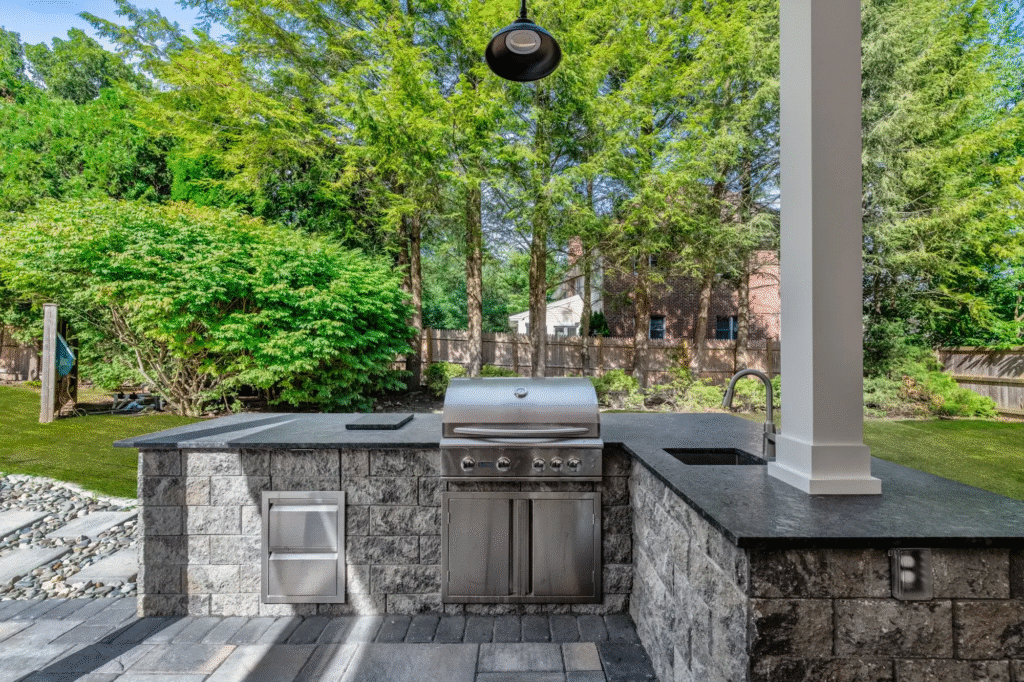
The Rise of the Outdoor Kitchen
Outdoor kitchens have become a popular home upgrade for those who enjoy entertaining or spending time outside. They blend functionality with lifestyle, allowing homeowners to enjoy nature while preparing meals and hosting gatherings. More than just a trend, outdoor kitchens represent a commitment to enhancing everyday life and boosting home value.
Designing with Purpose and Style
Creating an outdoor kitchen begins with thoughtful planning. Consider how the space will be used, how often you’ll cook outdoors, and what features matter most. Typical priorities include:
- A high-performance grill
- Ample counter space
- Dining and seating areas
- Weatherproof storage
- Durable materials
Integrating the kitchen with your landscape ensures that the final design complements your backyard’s natural elements. Elements like stone counters, stainless steel appliances, and pergolas offer both functionality and aesthetics.
Blending Indoor Comfort with Outdoor Freedom
Successful outdoor kitchens merge the convenience of indoor cooking with the open-air enjoyment of the outdoors. Use materials that coordinate with your home’s exterior to maintain design continuity. Adding shade structures such as pergolas or retractable awnings enhances comfort and usability across different weather conditions.
Accessibility is another critical aspect. Consider including pathways with non-slip surfaces, wide enough for easy movement. Position key appliances like grills and sinks at ergonomic heights for safer, more efficient use.
Key Features That Make the Difference
1. Premium Grill and Cooking Stations
A built-in gas grill with side burners, smokers, and even pizza ovens allows for diverse cooking styles. For a more interactive dining experience, consider adding a hibachi-style grill. Choosing commercial-grade stainless steel appliances ensures durability and top-tier performance.
2. Refrigeration and Storage
An under-counter refrigerator, wine cooler, or ice maker keeps beverages and ingredients within reach. Weather-resistant cabinetry and drawers protect utensils, tools, and supplies. Built-in pantry units or vertical storage racks maximize space and efficiency.
3. Sink and Cleanup Area
Including a sink with running water simplifies food prep and cleaning. A prep station with a cutting surface and compost bin improves efficiency and supports eco-friendly habits. Consider adding a dishwasher drawer for effortless post-meal cleanup.
4. Lighting and Ambiance
Layered lighting—such as string lights, lanterns, and LED fixtures—helps set the mood and ensures visibility after dark. Smart lighting systems can add convenience with app-based control and automation. Uplighting garden beds or architectural accents can enhance nighttime aesthetics.
5. Comfort and Entertainment
Bar seating, cushioned dining sets, and outdoor sound systems enhance the space’s usability. Installing a weatherproof TV or projector can turn the area into a multi-functional entertainment zone. Fire features like tabletop fire bowls or built-in fireplaces bring warmth and ambiance.
6. Ventilation and Safety
Don’t overlook safety. Proper ventilation—especially for covered kitchens—prevents smoke buildup. Fire extinguishers, built-in vents, and automatic shutoff systems on grills or heaters add an extra layer of protection.
Seasonal Enjoyment and Maintenance
Outdoor kitchens can be used year-round with proper planning. Additions like fire pits, portable heaters, and windbreaks help extend usability through all seasons. Choosing durable, weather-resistant materials like stainless steel, sealed stone, and granite ensures long-term performance.
Seasonal updates keep the space fresh. In spring, add potted herbs and seasonal flowers. In summer, swap textiles for brighter hues. Fall can bring rustic centerpieces and cozy blankets, while winter might benefit from enclosed panels and warm lighting.
Regular maintenance—such as cleaning surfaces, covering appliances, and checking for weather damage—helps preserve your investment and keeps the space functional.
Year-Round Cooking and Gathering
Spring is ideal for fresh meals made with homegrown herbs, while summer welcomes grill nights and garden parties. Fall invites cozy dinners with warm dishes, and winter can still be enjoyed with hot beverages, grilled roasts, and the glow of patio heaters.
Consider creating a rotating seasonal menu, switching from grilled seafood and vegetables in summer to smoked meats and hearty stews in colder months. An outdoor kitchen invites you to eat seasonally and celebrate the rhythms of nature.
The Joy of Outdoor Cooking
Cooking outdoors creates a sense of freedom and connection. It encourages experimentation, brings people together, and allows for memorable meals in a relaxed setting. From casual brunches to elaborate dinners, the outdoor kitchen becomes the heart of social gatherings.
Outdoor cooking also reduces indoor mess, keeps heat out of the house during warm months, and provides an ideal setting for learning and teaching culinary skills. Hosting cooking nights with friends and family makes meal prep a social affair rather than a chore.
Elevating Everyday Life
Outdoor kitchens do more than support special occasions—they enrich daily routines. Morning coffees at the bar, weekday dinners under a pergola, or late-night snacks by the fire make the backyard feel like an extension of your living space. The result is a more vibrant and dynamic home life.
It can also become a wellness space. Use the outdoor kitchen to support healthy eating habits by preparing more meals at home with fresh ingredients. Incorporate garden beds or containers for easy access to herbs, vegetables, and fruits.
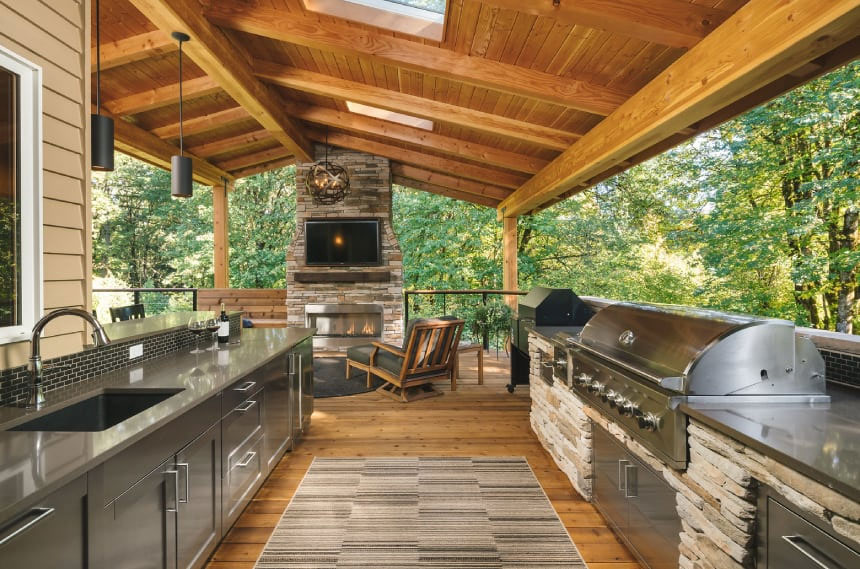
Design Considerations for Maximum Functionality
- Traffic Flow: Ensure clear paths between cooking, prep, and dining zones.
- Proximity to Indoor Kitchen: While self-contained outdoor kitchens are ideal, proximity to the main kitchen helps with convenience.
- Shade and Shelter: Pergolas, umbrellas, and retractable canopies protect from the elements.
- Utilities Access: Plan early for gas, water, and electricity to avoid costly revisions.
- Privacy and Screening: Fences, hedges, and privacy panels make the space feel like a retreat.
Tips for Building Your Outdoor Kitchen
- Start with a Budget: Prioritize features and plan spending accordingly.
- Choose Durable Materials: Opt for weather-resistant surfaces and appliances.
- Plan for Utilities: Ensure access to water, gas, and electricity.
- Create Zones: Designate areas for cooking, prep, dining, and lounging.
- Think Long-Term: Plan for expansion or upgrades down the line.
- Add Shade and Shelter: Use structures to protect from sun and rain.
- Optimize Storage: Include drawers, cabinets, and organizational systems.
- Infuse Personality: Incorporate colors, textures, and decor that reflect your style.
- Work with Professionals: Designers and contractors can help refine your vision and ensure safety and code compliance.
- Futureproof Your Design: Choose modular features that can evolve as your needs change.
Conclusion: A Feast for the Senses
An outdoor kitchen transforms your backyard into a destination. With thoughtful design, high-quality materials, and a bit of creativity, you can enjoy gourmet meals and gatherings in the fresh air. It’s more than a functional space—it’s a lifestyle enhancement that celebrates food, nature, and connection.
Whether you’re planning a simple grill station or a full-featured culinary retreat, an outdoor kitchen makes your backyard the most inviting part of your home—a place where every meal becomes an occasion. From weekday dinners to holiday feasts, this investment brings daily joy and long-term value to your home life.


